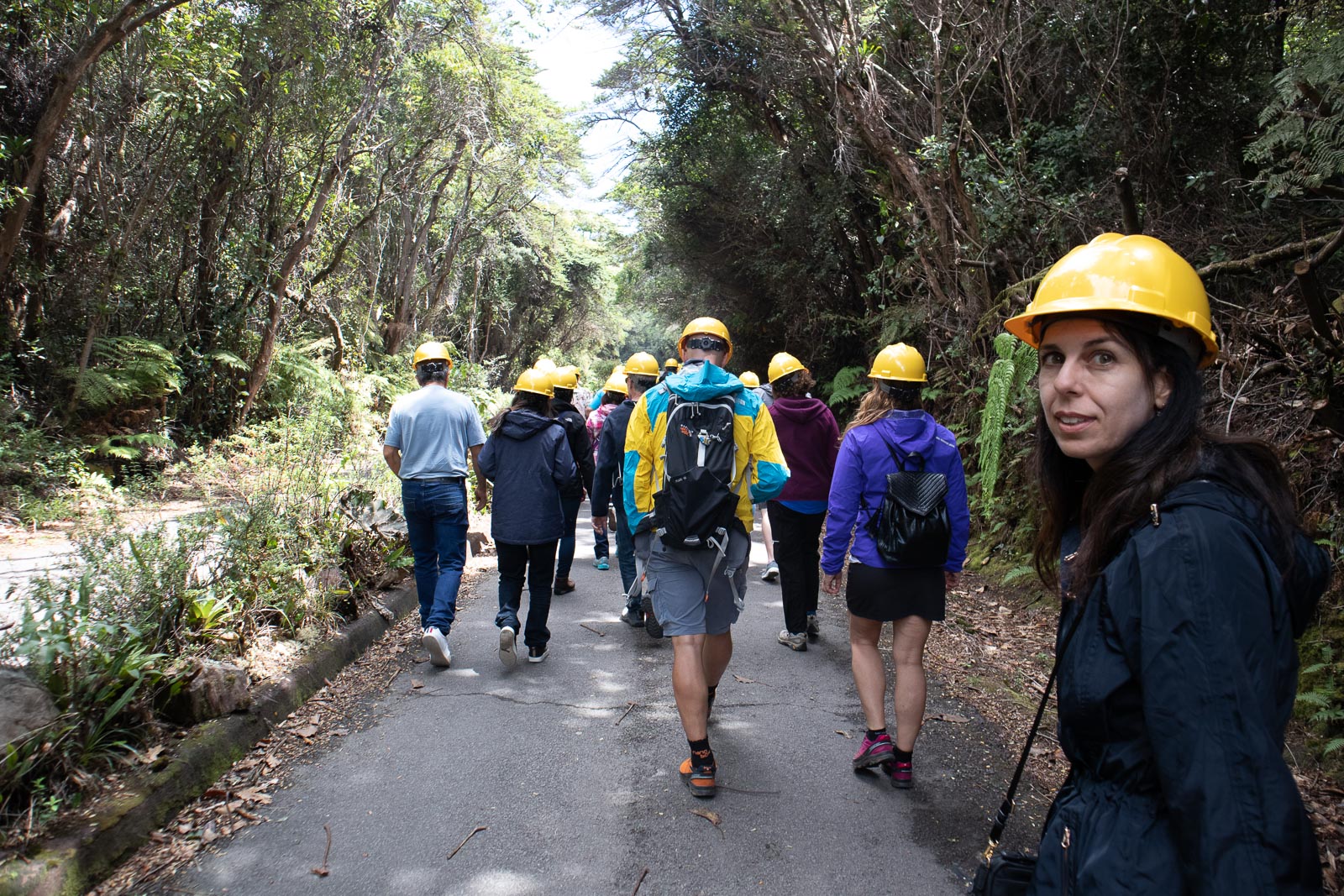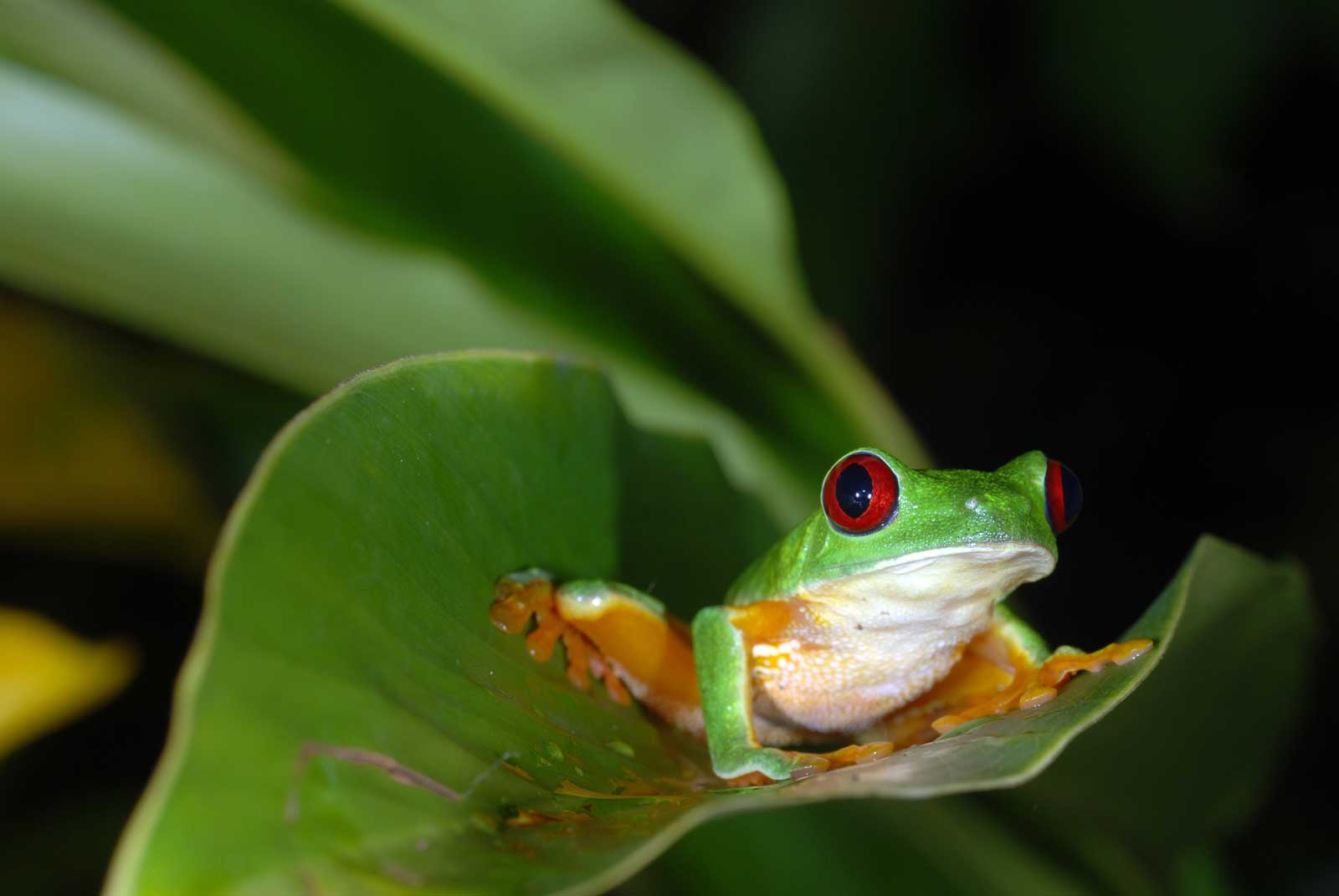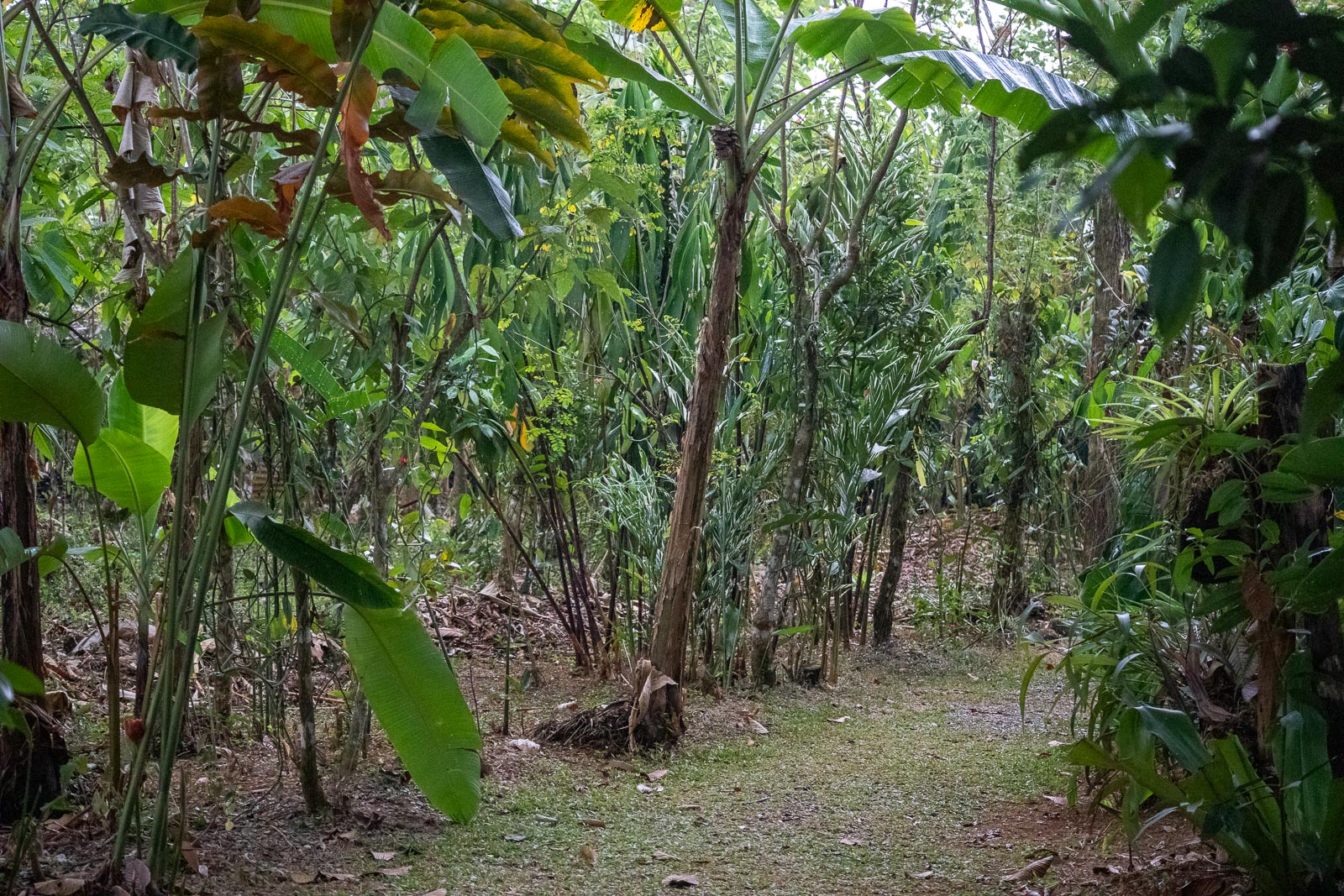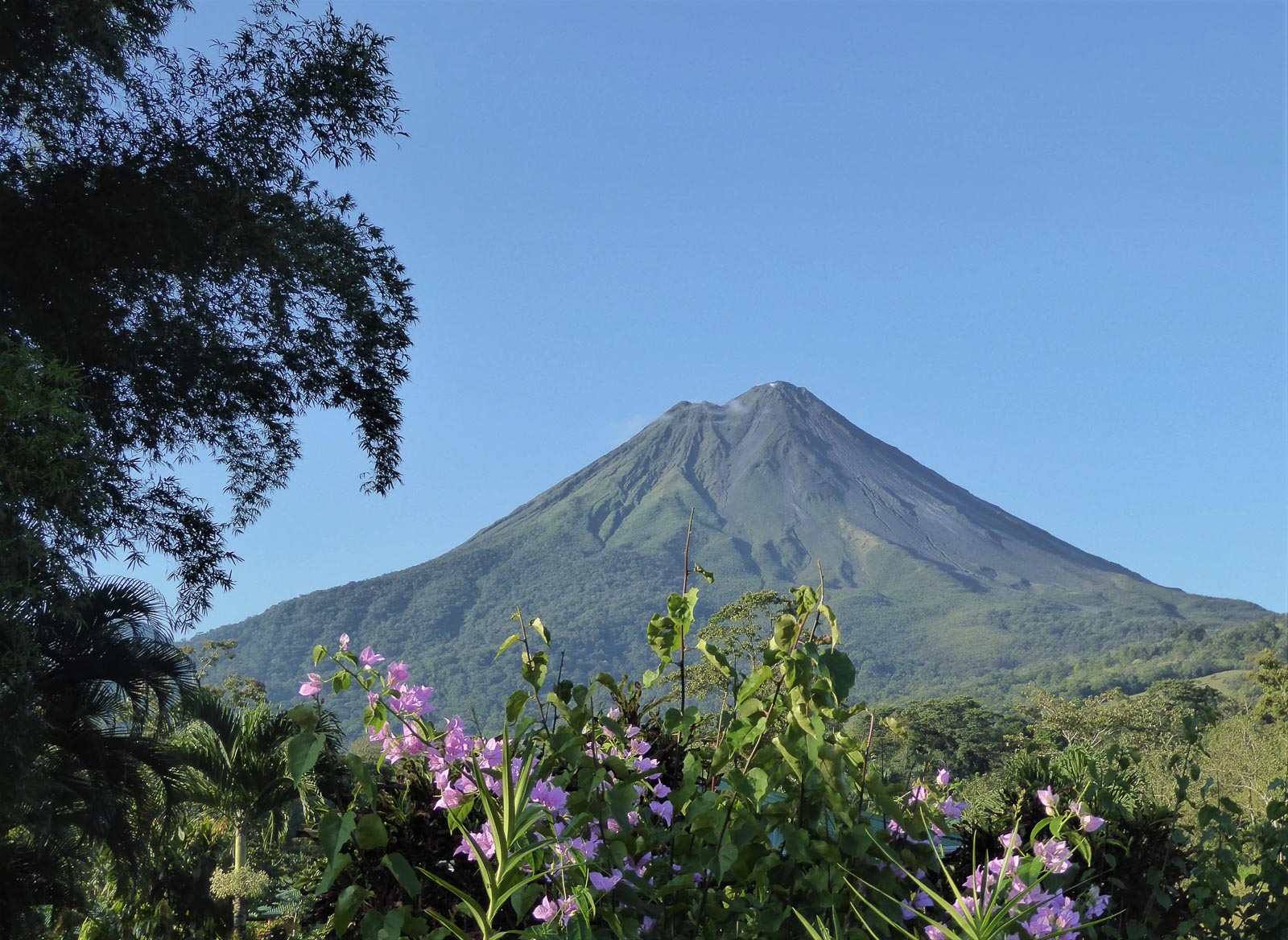
Few things in the world demonstrate Mother Nature’s awesome power than an active volcano. For us volcanos have been something you would see in the news, learn about in school, and see in the movies. When we had an opportunity to visit one, up close and personal, in Costa Rica, we didn’t miss the chance!
The Arenal Volcano National Park is home to the Arenal volcano, which scientists believe is still active beneath the surface. Lava chambers, not far beneath the surface, continue to show signs of activity. Arenal is relatively young, with activity dating back about 7,000 years. While it has not displayed much in the way of activity recently.
The last major eruption occurred in 1968 and the craters have been largely dormant since 2010. During this eruption, which continued for several days, the volcano buried over 15 square kilometers under the rock, lava, and ash that it produced. During our visit we learned that, during the peak of the eruption, the volcano shot rocks, that weighed as much as several tons, more than a kilometer, some speeding away at 600 meters per second, or more than 1,300 miles per hour.
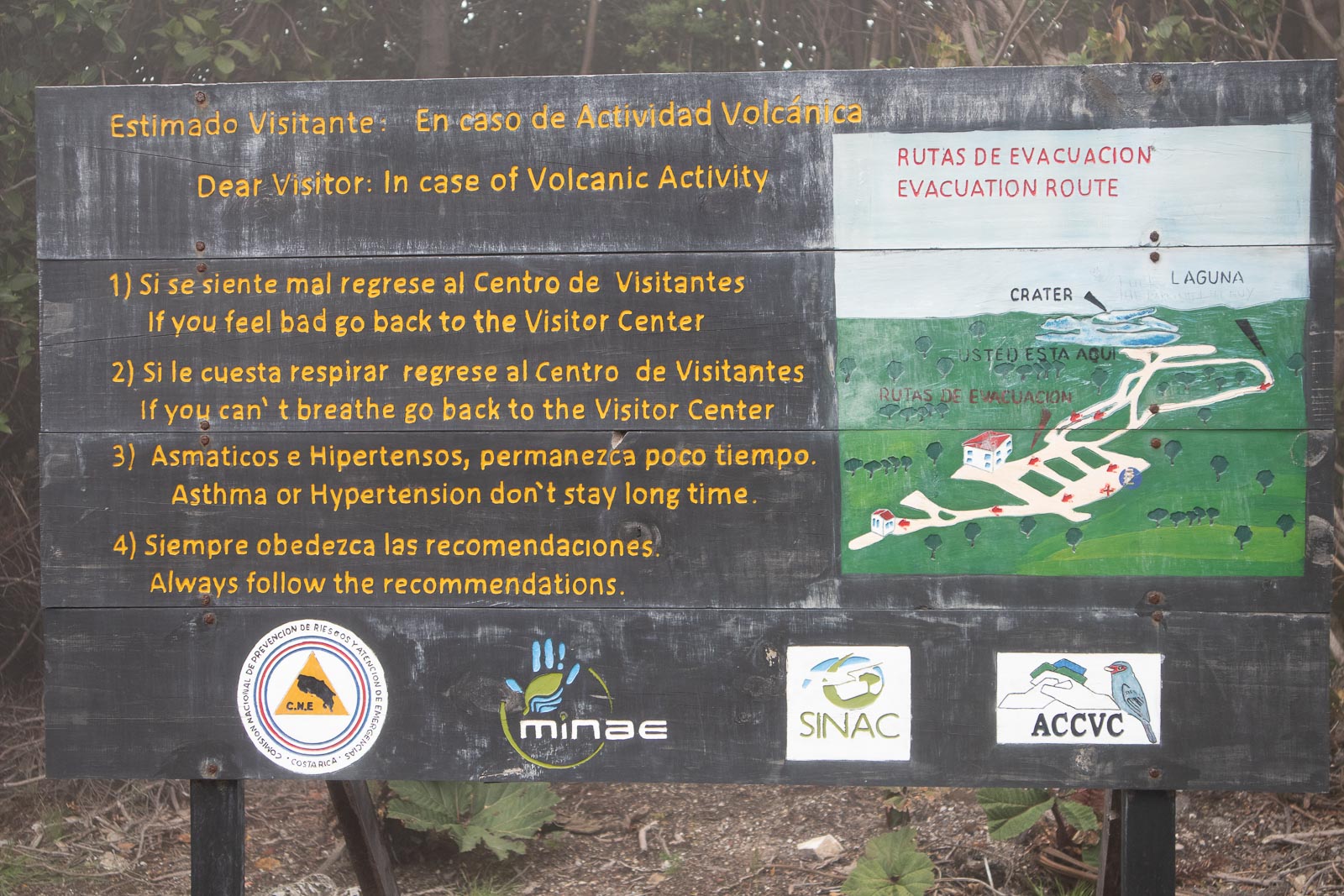
What To Expect
When you arrive at the National Park you should expect to pay an entrance fee of $15 USD. This may be included in your fee if you arrived through a tour.
The weather can be wet and somewhat unpredictable so it wise to dress for the occasion. The Arenal area, which divides some of Costa Rica’s microclimates, gets about 138 inches, or 3,940 mm of rain in an average year. The volcano peak is at an altitude of over 5,000 feet above sea level, so you will be well into the Costa Rican cloud forest. Be sure to bring some rain gear because the weather can turn from sunny to torrential rains, and back again within an hour or two.
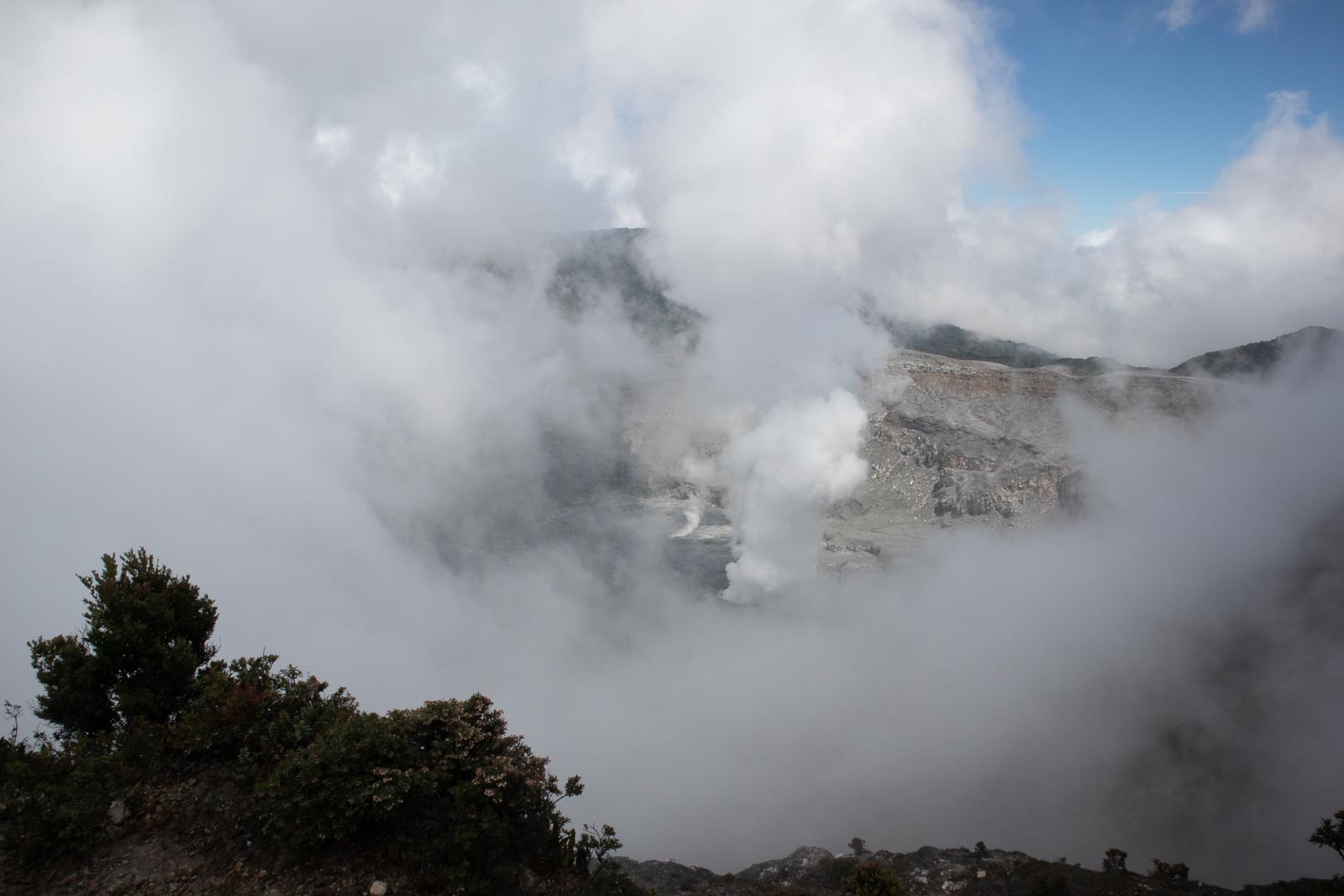
Clouds can roll into the area from the sea, quickly, turning a magnificent view into a foggy landscape. This is exactly what happened during our visit, as you can see from the pictures. In spite of the clouds that moved in, we had a spectacular view of the crater and the park was amazing.
Be sure to wear comfortable walking shoes, as the trip from the ranger station to the volcano was about a 30-minute walk up a modest incline. Also, it’s important to note that you are at about a 1-mile elevation, so you may feel more winded and exerted than you normally would while walking.
You should probably plan to spend about 1-2 hours in the park if you are going to take the trip to the top and back. More time would be needed if you plan to hike or check out any other parts of the park.
One thing to note is that you will not be able to climb to the rim of the volcano and peer inside. Nor will you see active lava flows or steam jets. The volcano has been quiet on the surface since 2010 and is not expected to erupt again for many years or more. You will be able to observe the crater from an observation platform that provides a great view and you may, if you’re lucky, see some steam rising from the crust. That said, we enjoyed the opportunity to get up close to an active volcano and to see the terrific views.
Location
The Arenal National Park is located in northern Costa Rica, near the town of Fortuna. The volcano can be seen from miles away with some of the most spectacular views being while you’re in Fortuna. Depending on your mode of transportation and your starting location, there are several routes available to reach the park.
Wildlife and Habitat
The national park is home to many species of mammals, reptiles, and birds, some dangerous and some not so much. You can find a variety of monkeys, including Howlers and White-Faced Capuchins, jaguar, deer, and snakes such as the fer-de-lance and coral. There are over 850 species of birds in the park, making it ideal for bird watchers. Care needs to be taken if you are hiking in the trails but is unlikely that you will encounter dangerous animals.
“A walk in nature walks the soul back home”
~ Mary Davis
What to Do in the National Park
There are many additional activities available in the Arenal National Park that appeal to just about anyone who makes the trip.
Hiking Trails & Waterfalls
Arenal Park has several well-marked hiking trails leading through various parts of the cloud forest. These trails are of modest length ranging up to 2.5 miles or 4 km. While hiking along the trails it’s common to see some portion of the wildlife, including the monkeys, many birds, and a wide variety of insects. You will also likely notice that along with some parts of the trails, the vegetation is largely regrowth from the 1968 eruption, with just a few older surviving trees. The rich vegetation and beautiful flora & fauna.
Hot Springs
The Arenal and Fortuna areas have numerous hot springs with water heated naturally by the volcanic activity beneath the surface. Many of these hot springs have been commercialized into resorts or spas and require an entry fee. The fees can vary depending on the facility that you might choose, but they can be rather pricey.
The Tabacon Hot Springs are worth checking out if you’re interested but don’t want to drop a wad of cash. They are located in Fortuna and can be found across the street from the Tabacon resort. These springs and the related river are available FREE of charge. While it may seem a bit odd to enter off the street just across from the resort, you will save some cash and still be able to enjoy a soak in a natural hot spring. Directions can be found by following this link.
Bird Watching
The National Park is home to a great many bird species, including some that are considered endangered. While we are not birdwatchers it was obvious walking to the volcano rim that there were a great many to be seen and photographed. If you’re inclined to do some birdwatching, the park would be a good location for it.
Lake Arenal
Lake Arenal, which is contained in the National Park, is the largest lake in Costa Rica, measuring about 33 square miles. This lake is significantly larger than it had been in the past due to the construction of a hydroelectric dam that generates a significant portion of Costa Rica’s electrical power. The lake is ideal for windsurfing and sailboarding and provides some of the most magnificent views of the volcano.
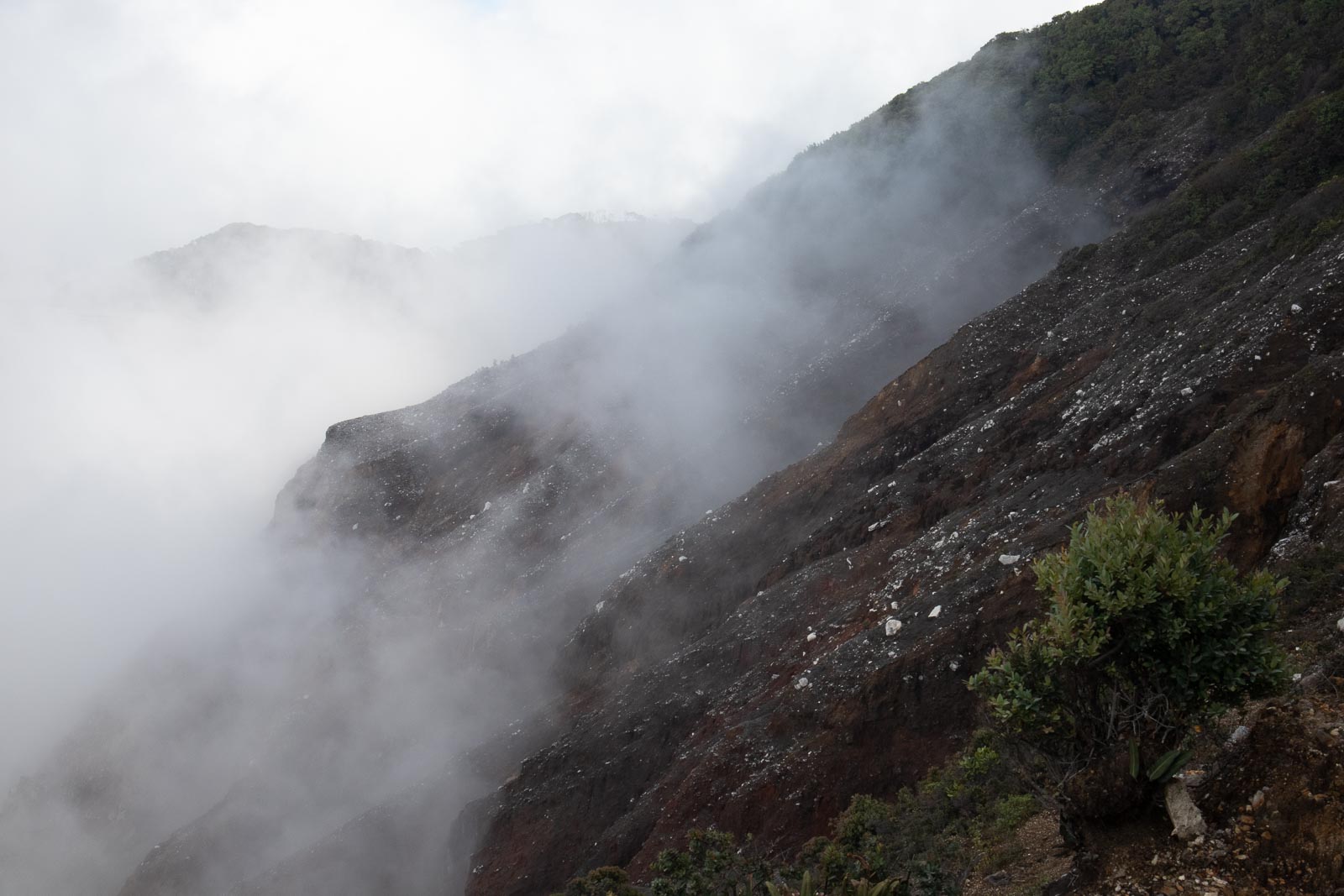
The Rim of the Arenal Volcano
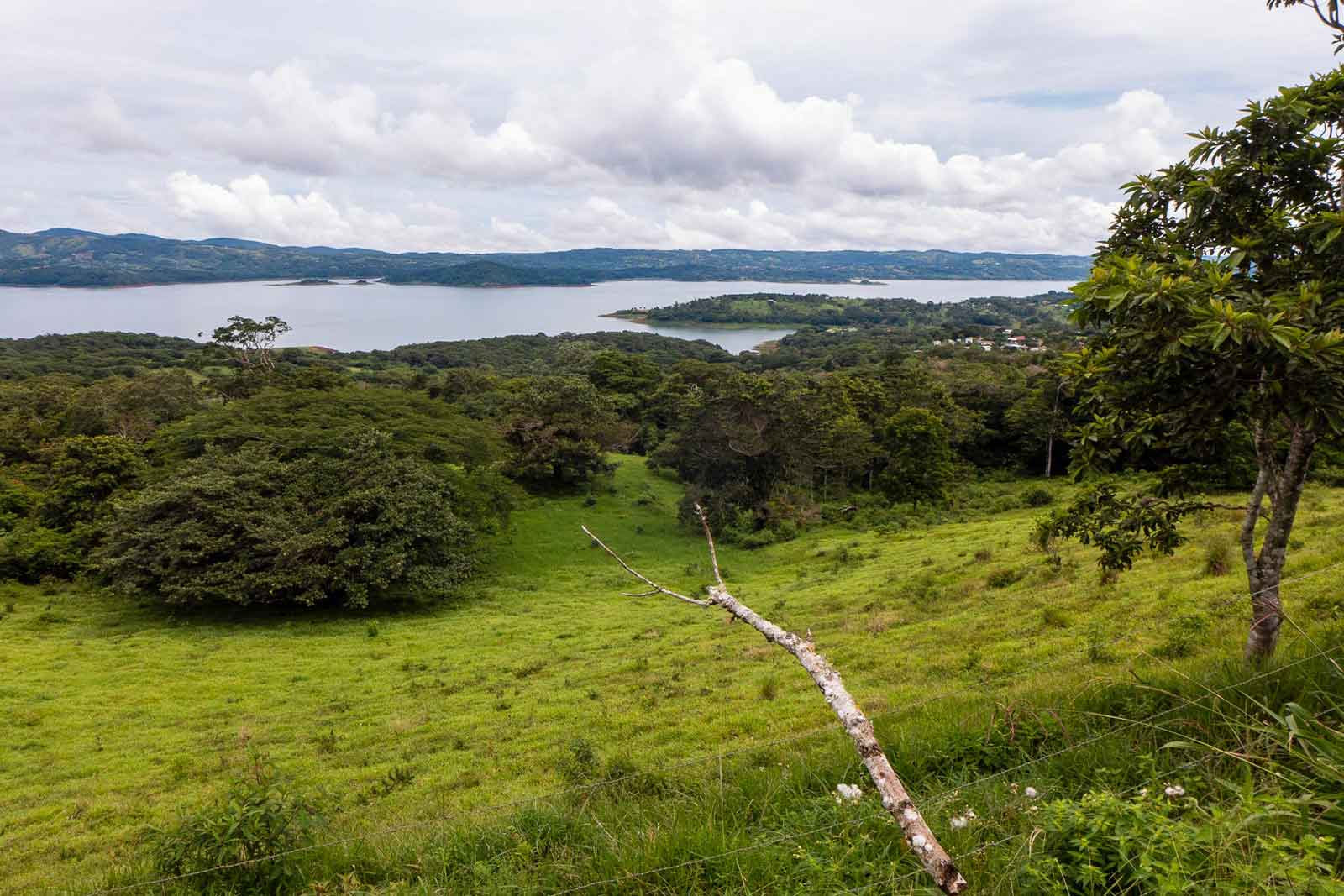
Lake Arenal in the National Park
Safety Considerations
When we arrived at the visitor’s center, we were provided with a safety briefing by the park ranger, to ensure that everyone understood what needed to be done in the event of an emergency or a surprise eruption. While the volcano has not been active on the surface for some time, this certainly added to the intrigue. We were provided with hard hats and instructed on how to find the eruption shelters that were small cement block buildings. Our park ranger walked with the group to the observation point and carried a device that measures sulfur content in the air. The visitors center also measures ground tremors for signs of increased activity. All in all, it was a very safe experience, with several safety precautions in place.
